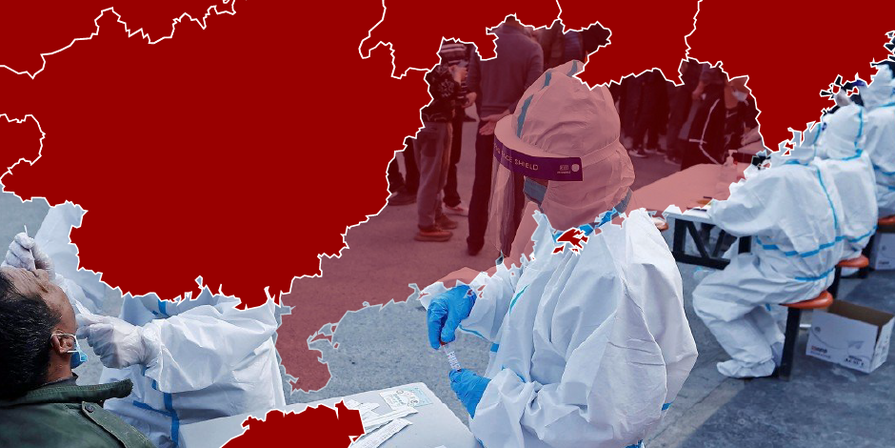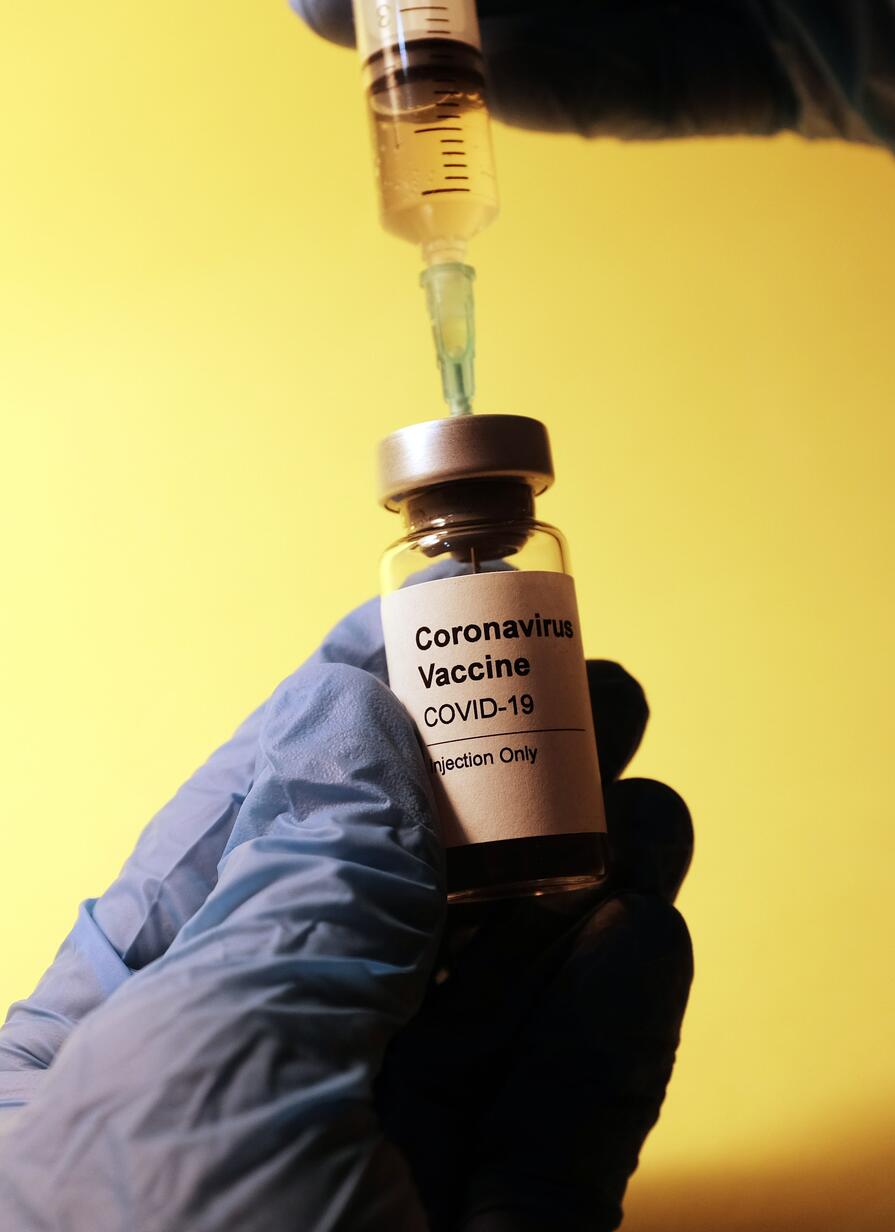Jian-Min Yuan, Ph.D.
Abstract (Summary)
In the mid-1980s, a prospective cohort study of 18,244 middle-aged men in Shanghai, China, was initiated to investigate the etiology of cancer. Exposure information and blood and urine samples were collected from each study participant. The cohort was followed via annual visits. By February 1995, 694 incident cancer cases and 1,157 deaths had been identified during 122,300 cumulative person-years of follow-up.
Smoking was a risk factor for both morbidity and mortality in middle-aged men in Shanghai. Compared with lifelong nonsmokers, the relative risks in heavy smokers ($\ge$20 cigarettes/day) were 2.2 for any incident cancer, 9.4 for lung cancer, and 6.7 for head and neck cancer. Heavy smokers also exhibited a 1.6-fold excess risk for mortality overall, and a 2- to 3-fold excess risk for fatal heart disease. Among the study subjects, 36% of all cancer cases and 21% of all deaths could be attributed to cigarette smoking.
Light-to-moderate drinking was related to a reduced risk of overall mortality and mortality due to ischemic heart disease. Compared with lifelong nondrinkers, a statistically significant 19% reduction in overall mortality and significant 36% reduction in ischemic heart disease mortality was observed in light-to-moderate (1-28 drinks/week) drinkers. This protective effect was not restricted to any specific types of alcoholic beverages.
A nested case-control study within the cohort was conducted to examine the association between serum testosterone and hepatocellular carcinoma. Seventy-six incident cases of hepatocellular carcinoma and 410 matched control subjects were assessed for serum testosterone and serologic markers of hepatitis B and C infections. The mean level of testosterone in hepatitis B surface antigen (HBsAg)-positive controls was 21% higher relative to HBsAg-negative controls and the difference was statistically significant (two-sided p value $\lbrack p\rbrack $ = 0.0006). Relative to controls, hepatocellular carcinoma cases had a significantly higher mean level of testosterone (570 vs. 485 ng/dl, p = 0.0005), but the difference was explicable on the basis of a higher proportion of HBsAg-positive individuals among cases than controls (p = 0.42 after adjustment for HBsAg status).
Advisor: Yu, Mimi C.



